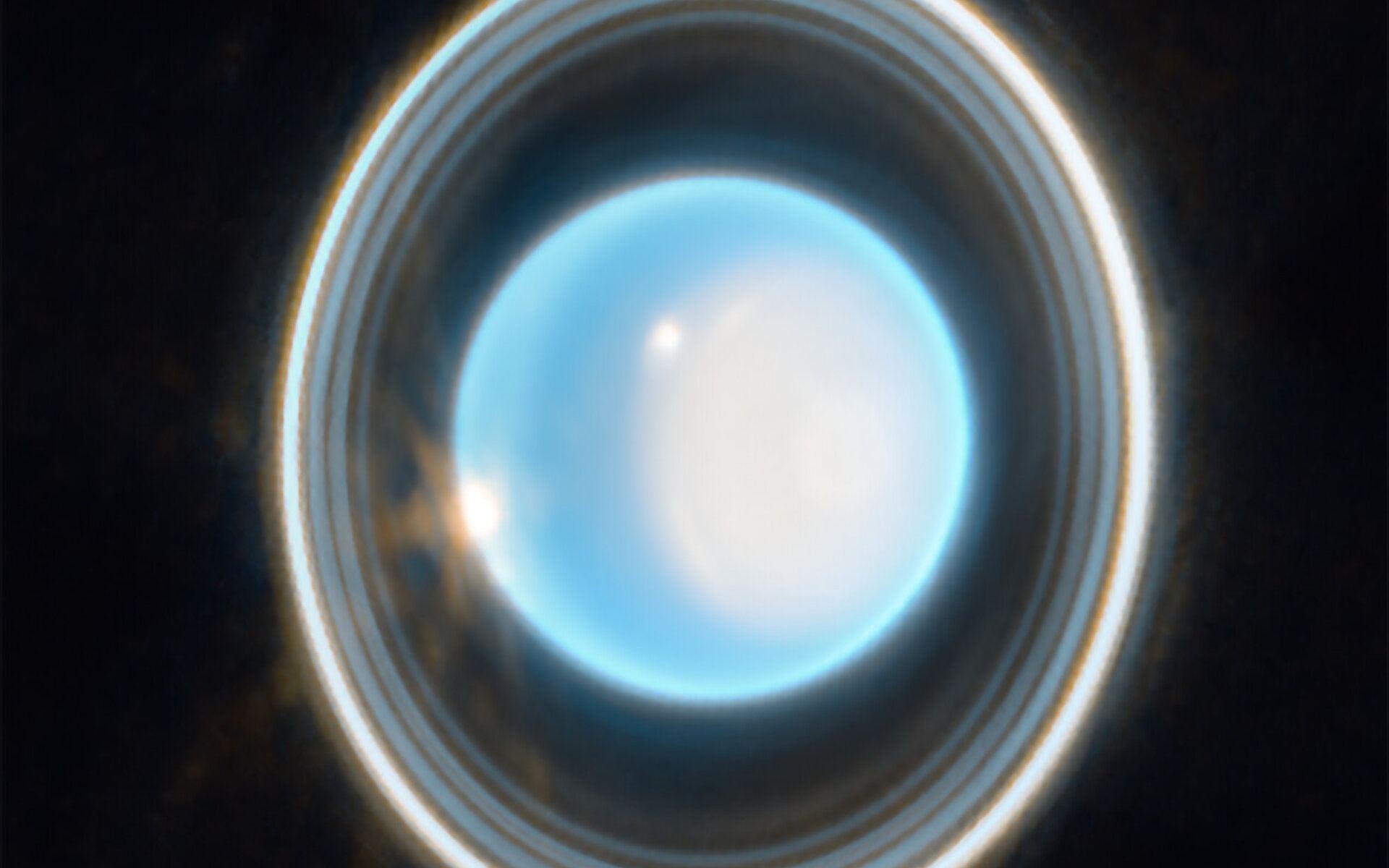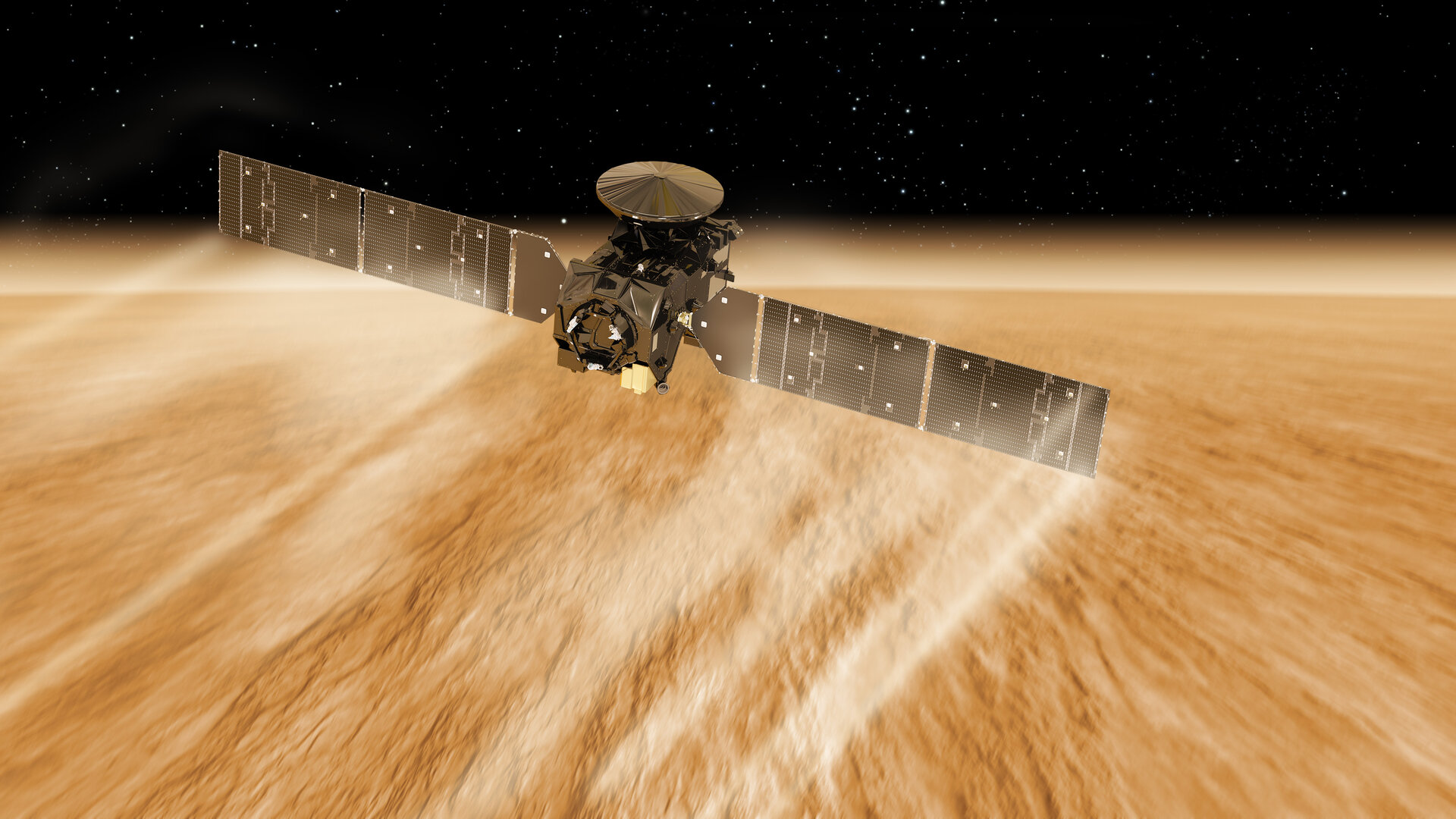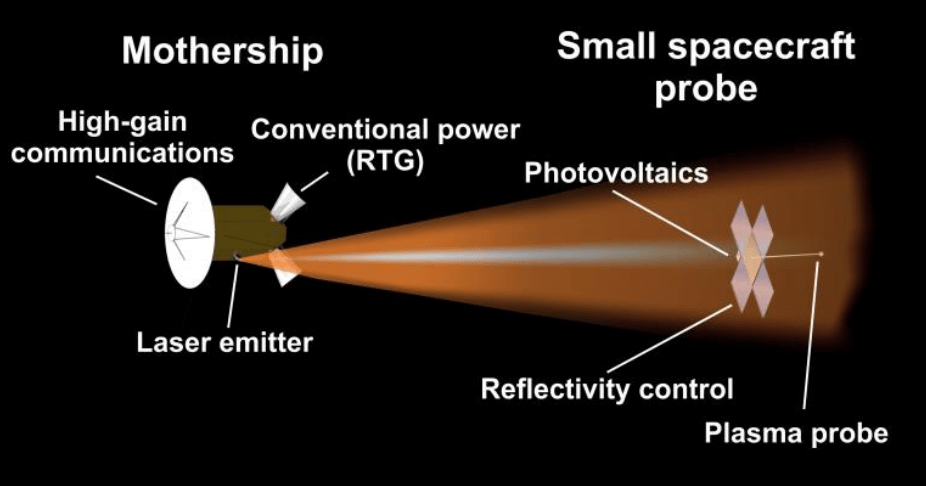It seems crazy that Uranus was discovered in 1781 yet here we are, in 2024 and we have only sent one spacecraft to explore Uranus. Voyager 2 is the only spacecraft to have given us close-up images of Uranus (and Neptune) but since their visit in 1986, we have not returned. There have of course been great images from the Hubble Space Telescope and from the James Webb Space Telescope but we still have lots to learn about them.
Continue reading “It’s Time to Go Back to Uranus. What Questions do Scientists Have About the Ice Giants?”Uranus and Neptune are Actually Pretty Much the Same Color
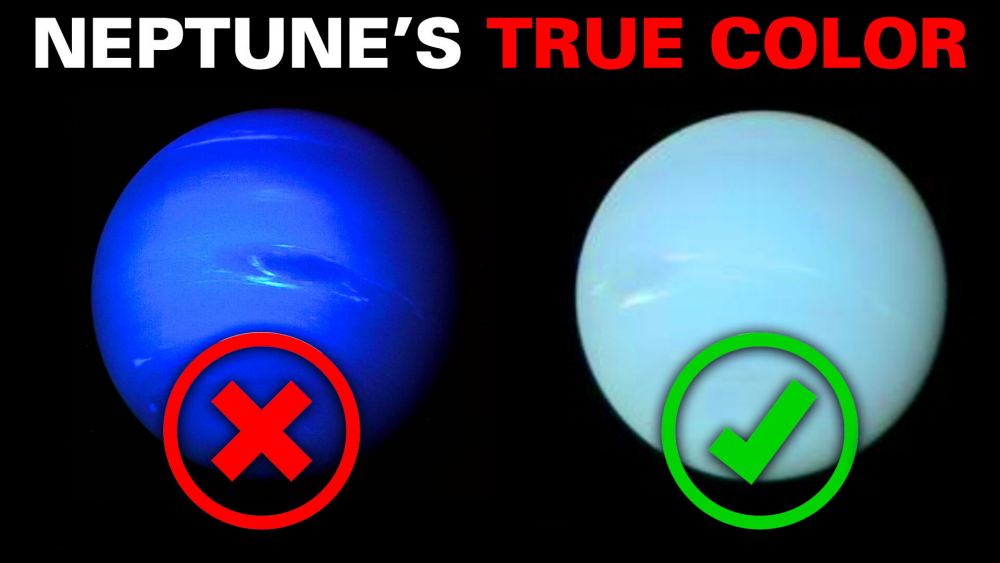
In the late 1980s, the Voyager 2 spacecraft snapped the “canonical” up-close images of Uranus and Neptune. In those views, Uranus was a pretty greenish-blue and Neptune appeared a deep azure color. It turns out that both planets are pretty close in color: a greenish-blue more akin to Uranus’s appearance.
Continue reading “Uranus and Neptune are Actually Pretty Much the Same Color”Aerocapture is a Free Lunch in Space Exploration
This article was updated on 11/28/23
When spacecraft return to Earth, they don’t need to shed all their velocity by firing retro-rockets. Instead, they use the atmosphere as a brake to slow down for a soft landing. Every planet in the Solar System except Mercury has enough of an atmosphere to allow aerocapture maneuvers, and could allow high-speed exploration missions. A new paper looks at the different worlds and how a spacecraft must fly to take advantage of this “free lunch” to slow down at the destination.
Continue reading “Aerocapture is a Free Lunch in Space Exploration”Uranus Has Infrared Auroras, Too
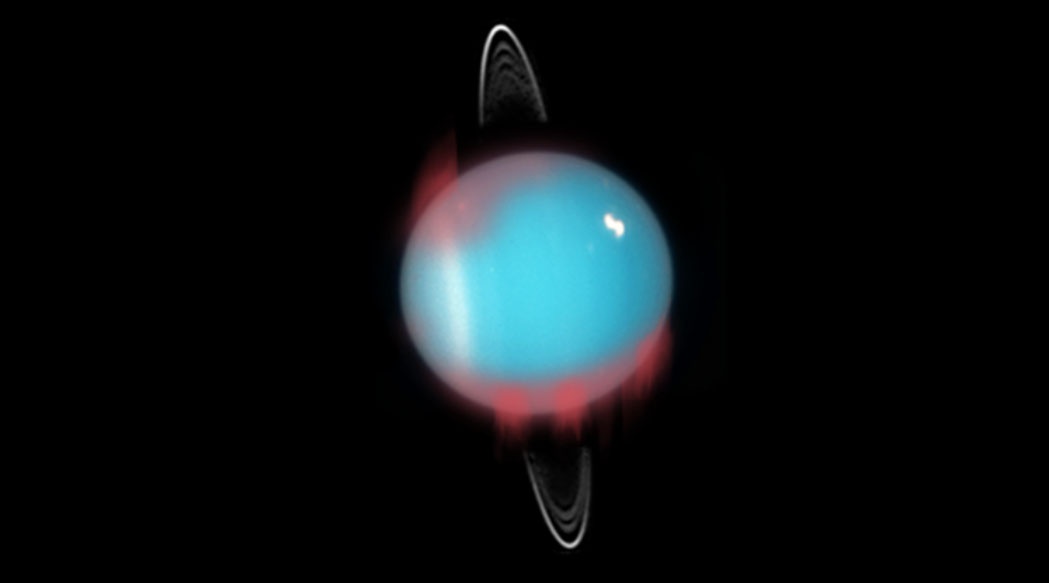
Just in time for Hallowe’en, astronomers confirmed the existence of spooky-looking infrared auroras on Uranus. Their existence reveals something about that planet’s misaligned magnetic field.
Continue reading “Uranus Has Infrared Auroras, Too”We Could SCATTER CubeSats Around Uranus To Track How It Changes
Exploration missions to the outer solar system are still sorely lacking, even though they were highly prioritized in the Planetary Science Decadal Survey from 2013-2022. In fact, many planets in the outer solar system have never even been orbited by a probe. For one in particular – Uranus – we must rely on data from Voyager 2, with instruments designed over 50 years ago, or Earth-based observations. Neither solution can genuinely understand the weird physics going on with this planet that is essentially lying on its side. And while there have been plenty of proposed mission architectures to go and look at it, it’s always fun to take a look at a new one when it pops up. A team from Stanford came up with a new concept called the Sustained CubeSat Activity Through Transmitter Electromagnetic Radiation (SCATTER). It was given a NASA Institute for Advanced Concepts grant to develop the idea further. They released a paper a little while ago, and it’s worth digging into here.
Continue reading “We Could SCATTER CubeSats Around Uranus To Track How It Changes”There's a Polar Cyclone on Uranus' North Pole
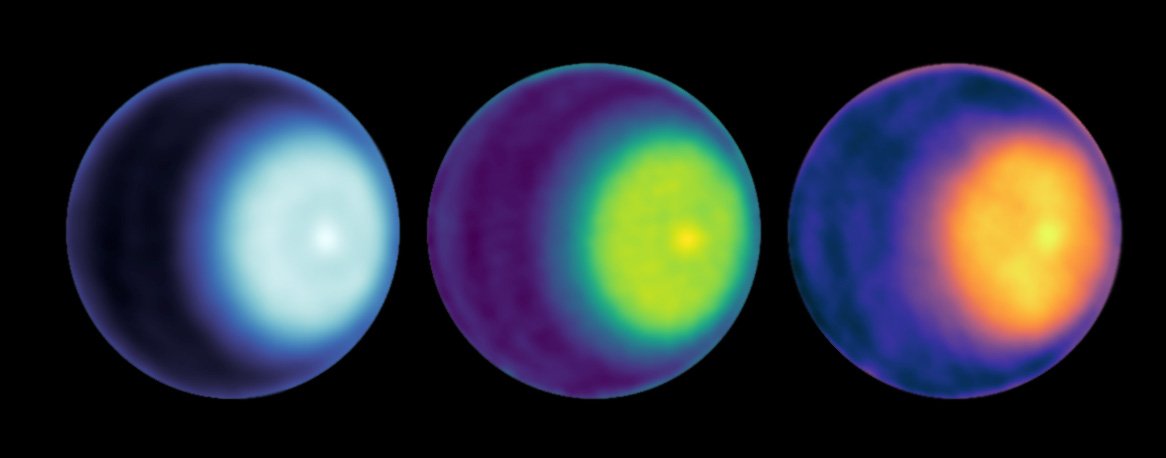
Uranus takes 84 years to orbit the Sun, and so that last time that planet’s north polar region was pointed at Earth, radio telescope technology was in its infancy.
But now, scientists have been using radio telescopes like the Very Large Array (VLA) the past few years as Uranus has slowly revealing more and more of its north pole. VLA microwave observations from 2021 and 2022 show a giant cyclone swirling around this region, with a bright, compact spot centered at Uranus’ pole. Data also reveals patterns in temperature, zonal wind speed and trace gas variations consistent with a polar cyclone.
Continue reading “There's a Polar Cyclone on Uranus' North Pole”Four of Uranus’ Moons Might Have Liquid Oceans, Too

The study of ocean worlds, planetary bodies with potential interior reservoirs of liquid water, has come to the forefront in terms of astrobiology and the search for life beyond Earth. From Jupiter’s Galilean Moons to Saturn’s Titan and Mimas to Neptune’s Triton and even Pluto, scientists are craving to better understand if these worlds truly possess interior bodies of liquid water. But what about Uranus and its more than two dozen moons? Could they harbor interior oceans, as well?
Continue reading “Four of Uranus’ Moons Might Have Liquid Oceans, Too”The Rings of Uranus Shine Bright in Stunning New JWST Image
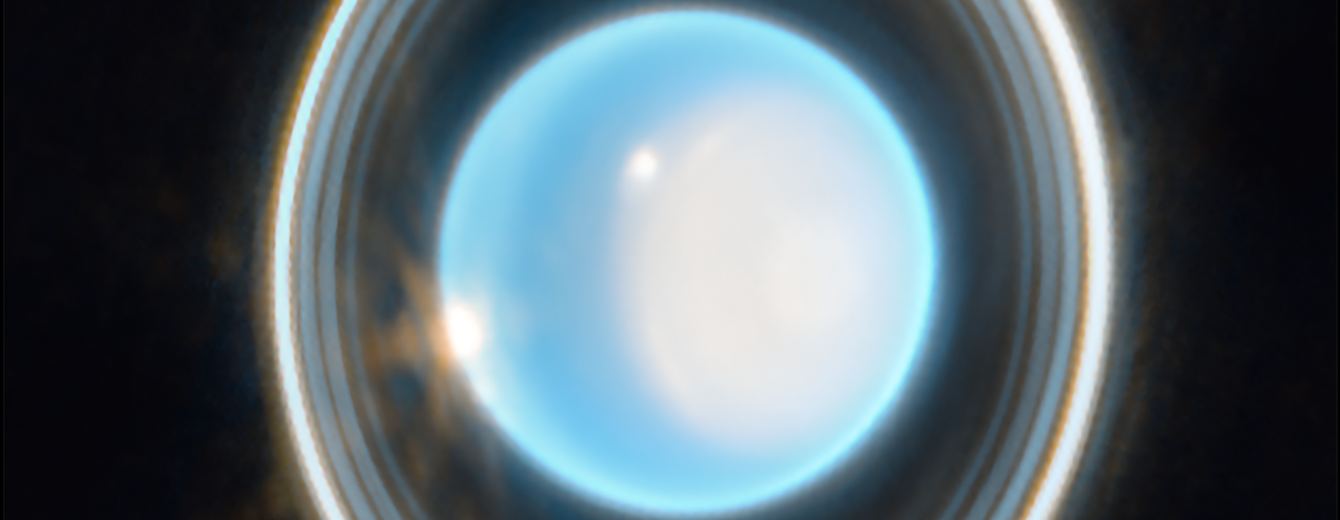
The James Webb Space Telescope has taken a stunning new image of the ice giant world Uranus. But what stands out most is the dramatic new view of the planet’s rings, which show up as never before with JWST’s infrared eyes.
Instead of being faint and wispy, the rings show up brilliantly. Additionally, bright, luminous features in the planet’s atmosphere show how an extensive storm system at the north pole of this planet getting larger and brighter.
But you’ll also want to see the full-frame image view, which also shows the six largest of Uranus’ 27 known moons. And, as we’ve become accustomed to seeing in JWST images, several distant background galaxies. Yes, every JWST image is a Deep Field!
Continue reading “The Rings of Uranus Shine Bright in Stunning New JWST Image”It's Time For Your Annual Weather Update for the Outer Solar System
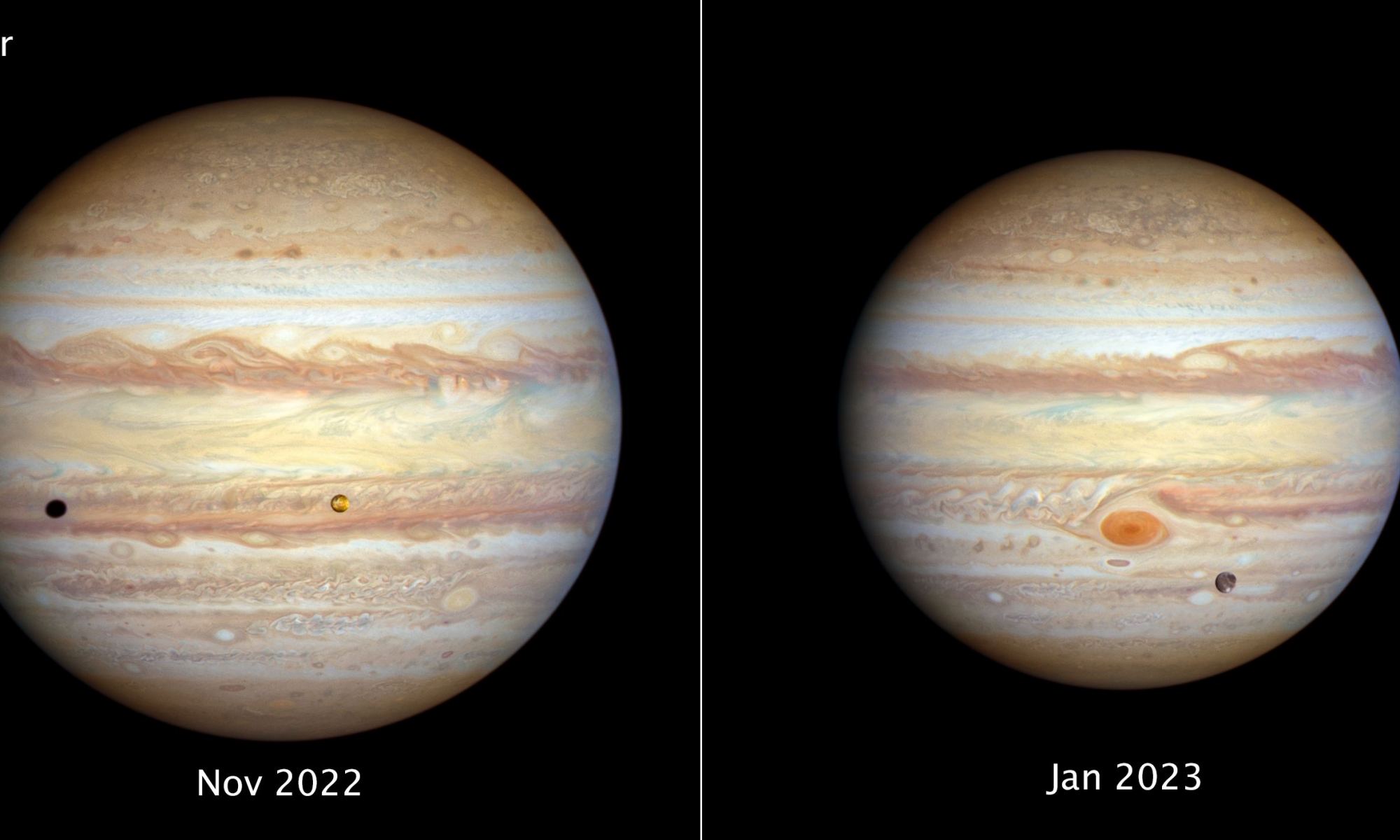
A couple times a year, the Hubble Space Telescope turns its powerful gaze on the giant planets in the outer Solar System, studying their cloudtops and weather systems. With the Outer Planet Atmospheres Legacy (OPAL) Program, Hubble provides us with these views and also delivers weather reports on what’s happening. Here’s an updated report and some new images of the stormy surfaces of Jupiter and Uranus.
Continue reading “It's Time For Your Annual Weather Update for the Outer Solar System”A Migrating Moon Might Have Turned Uranus Over on its Side
There are plenty of interesting things about Uranus. Its season lasts as long as its day, it’s the second least-dense planet, and it has a collection of 27 moons. But maybe the most puzzling fact about Uranus is that it is the only planet that lines on its side – relative to its orbital plane, at least. The most common suggestion for why the planet is tilted 98 degrees on its axis is that it was struck by a series of large impacts early in the solar system’s formation. However, new studies from a team at the Sorbonne point to a potential alternative explanation – Uranus used to have another, larger moon that pulled it onto its side and then impacted the planet itself.
Continue reading “A Migrating Moon Might Have Turned Uranus Over on its Side”
